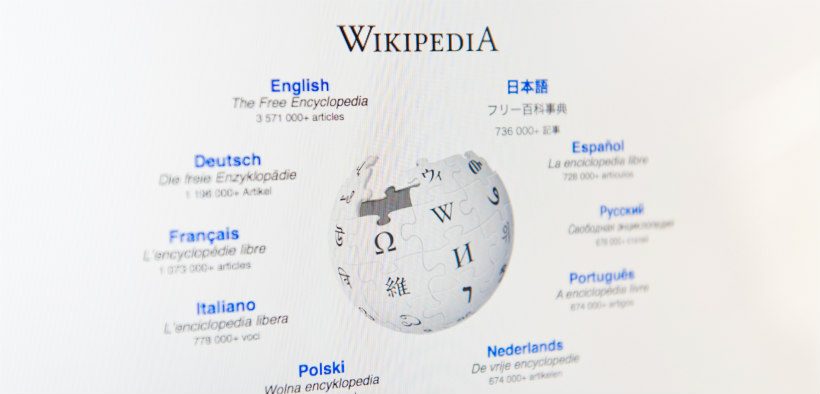In most courses with some sort of research writing assignment, there’s a strongly worded prohibition against using Wikipedia. IT’S NOT A RELIABLE SOURCE! And measured by academic standards, it’s not. But faculty members Frances Di Lauro and Rebecca Johinke at the University of Sydney see these prohibitions as a wasted learning opportunity. “In bringing Wikipedia into the classroom, discussing its strengths and weaknesses, and subsequently what constitutes research and peer review, we engage students in a dialogue about academic writing as a process and a product, while at the same time involving them in collaborative and participatory writing groups.” (p. 478)
Related Articles
I have two loves: teaching and learning. Although I love them for different reasons, I’ve been passionate about...
Active learning is a mostly meaningless educational buzzword. It’s a feel-good, intuitively popular term that indicates concern for...
Perhaps the earliest introduction a student has with a course is the syllabus as it’s generally the first...
Generative AI allows instructors to create interactive, self-directed review activities for their courses. The beauty of these activities...
I’ve often felt that a teacher’s life is suspended, Janus-like, between past experiences and future hopes; it’s only...
I teach first-year writing at a small liberal arts college, and on the first day of class, I...
Proponents of rubrics champion them as a means of ensuring consistency in grading, not only between students within...








